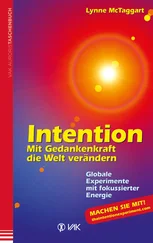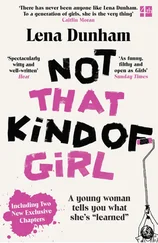In 1989, when I first interviewed Dr Norman Begg of the UK’s Public Health Laboratory Service, which recommended the vaccine in Britain, he assured me that mumps on its own was a very mild illness in children. Mumps, he said, ‘very rarely’ leads to long-term permanent complications such as orchitis (where the disease hits the testicles of adult males, very occasionally causing sterility). The mumps component had only been added, he said, to give ‘extra value’ to the jab. 17
By 1992, however, when the two versions of the MMR were withdrawn, the British government painted a very different picture, announcing that mumps leads to meningitis in 1 in 400 cases. Hence, even though the old vaccine was dangerous (and it must have been pretty dangerous to get hauled off the market virtually overnight), it was not as dangerous as catching mumps.
But of course, two-thirds of medical practices don’t have any proof at all. There is no such regulatory agency like the Food and Drug Administration or the Committee on Safety in Medicines to monitor surgery, screening or diagnostic tests – nothing but peer review through national medical associations. Run by doctors for doctors, these organizations tend to rule by consensus, and by a peculiarly circular logic: if a practice is universally employed, it must be safe, even when many studies point otherwise.
In the case of surgery, most treatments get the nod without any kind of clinical trial (partly because it is very difficult to have either a randomized or double-blind trial or to reverse an operation with an unfavourable result). Consequently, some new techniques get adopted with very little in the way of proof to show they are doing any good or at least not doing drastic harm.
Medicine as it is currently practised is a private conversation by doctors, for doctors. There’s no doubt that medicine maintains a double standard. Doctors often privately voice their doubts, disappointments and fears about particular treatments in their own literature, yet fail to disclose this in any discussion with patients or the press. For instance, some years ago an especially alarming piece of information came to light about vaccines. The US Centers for Disease Control and Prevention in Atlanta, Georgia, discovered that children receiving the triple jabs for diphtheria/tetanus/whooping cough or for measles/mumps/rubella were three times more likely to suffer seizures. Nevertheless, this information was only announced to nine scientists and was never otherwise publicized.
Another prime example of this double standard surrounded the issue of treatment for breast cancer. An editorial in The Lancet published a scathing attack on the failure of mammography as a technology to halt the rising breast cancer death rates, and organized a conference to talk over new solutions 18– at the same time that various government bodies were calling for increasing the frequency of mammograms.
The greatest reason that medical research is tainted is that the majority of it is funded by the very companies who stand to gain by certain results. These drug companies not only pay the salaries of researchers, but they can often decide where – indeed, whether – they get published. It’s wise to keep in mind that this industry, in a sense, has a vested interest in ill health: if drug companies found cures, rather than lifelong ‘maintenance’ therapies, they’d soon be out of business.
The constant exposure of medicine to the pharmaceutical industry, and the reliance of future medical research on these companies, has bred a climate in which much of mainstream medicine refuses to consider any other treatment options besides drugs and surgery, even when copious scientific evidence exists to support those options. Many conventional doctors are especially vituperative in their dismissal of important work by innovators, while uncritically embracing many surgical or drug-based solutions that are little more than modern-day snake oil. This has bred a climate into which healers are polarized into ‘alternative’ and ‘orthodox’ camps, rather than into one common group approving of anything that has a solid basis in science or clinical practice. Dr Peter Duesberg, a leading University of California professor in molecular biology, was one of many publicly vilified for suggesting, with a well-reasoned argument backed up by a 75-page published paper, that HIV is not the cause of AIDS.
To give you some idea how medicine handles heretics, witness how it still reacts to scientific evidence supporting alternative medicine. A study conducted scientifically, with all the usual gold-standard double-blind, placebo-controlled checks and balances that medicine prides itself on, showed that homoeopathy for asthma actually works. Scientists now had some proof: homoeopathy works . In fact it was the third study carried out by the same man since 1985 to show exactly the same result.
Nevertheless, in his published report the leader of the trial distanced himself from his results, pointing out in his conclusion that tests such as these just might end up producing false-positive, or wrong, results. 19Despite the scientific design of the trial, an editorial in The Lancet flatly refused to accept the results: ‘What could be more absurd than the notion that a substance is therapeutically active in dilutions so great that the patient is unlikely to receive a single molecule of it?…Yes, the dilution principle of homeopathy is absurd; so the reason for any therapeutic effect presumably lies elsewhere.’ 20In other words, the scientific method works only when it applies to things we have faith in, but not, it seems, with anything we don’t understand or agree with.
The problem with this dogmatic adherence to preconception and dismissal of dissension or doubt, as far as you and I are concerned, is that it covers up the fact that much of standard medical practice may not work very well. It makes dangerous drugs look safe and effective. It makes it seem like people who don’t need drugs should take them. It justifies a lot of useless surgery that may very well kill you, and certainly isn’t going to make you better. It explains away many promising treatments that don’t require dangerous drugs or surgery. Despite the very best of intentions, it sometimes causes untold pain and suffering, rather than contributing to your health. In fact, you are in grave danger from the moment you walk into your doctor’s surgery, particularly at the point when he tells you he’d like to take a few tests.
PART II DIAGNOSIS
Конец ознакомительного фрагмента.
Текст предоставлен ООО «ЛитРес».
Прочитайте эту книгу целиком, купив полную легальную версию на ЛитРес.
Безопасно оплатить книгу можно банковской картой Visa, MasterCard, Maestro, со счета мобильного телефона, с платежного терминала, в салоне МТС или Связной, через PayPal, WebMoney, Яндекс.Деньги, QIWI Кошелек, бонусными картами или другим удобным Вам способом.
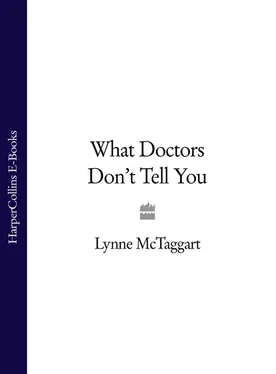
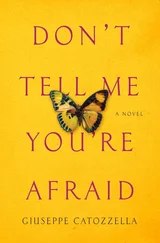

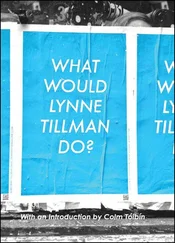
![Ally Carter - [Gallagher Girls 01] I'd Tell You I Love You But Then I'd Have to Kill You](/books/262179/ally-carter-gallagher-girls-01-i-d-tell-you-i-lo-thumb.webp)
